Big Hair is Back: A Pro’s Guide to Modern Mullets, Shags, and Perms
When I first got into the world of cosmetology, it was a whirlwind of hairspray, perm solution, and seriously loud music. We were building hair that was big, unapologetically bold, and just full of personality. And guess what? A lot of those iconic looks are making a huge comeback. But—and this is a big ‘but’—they’re not the same. We’ve got way better tools, much safer chemicals, and a smarter approach to hair health now.
In this article
This isn’t about just grabbing an old photo and saying, “do this.” It’s about understanding the core techniques behind these styles so you can rock a modern version that’s both stunning and, most importantly, healthy for your hair. My goal here is to give you that insider knowledge, whether you’re talking to your stylist or just figuring out what you really want.
The Real Science Behind Big Hair
That classic, gravity-defying hair was all built on two pillars: volume and texture. It wasn’t magic, just a clever mix of basic physics and a little bit of chemistry. Once you get the ‘why’ behind it, you can get the look without completely frying your hair.
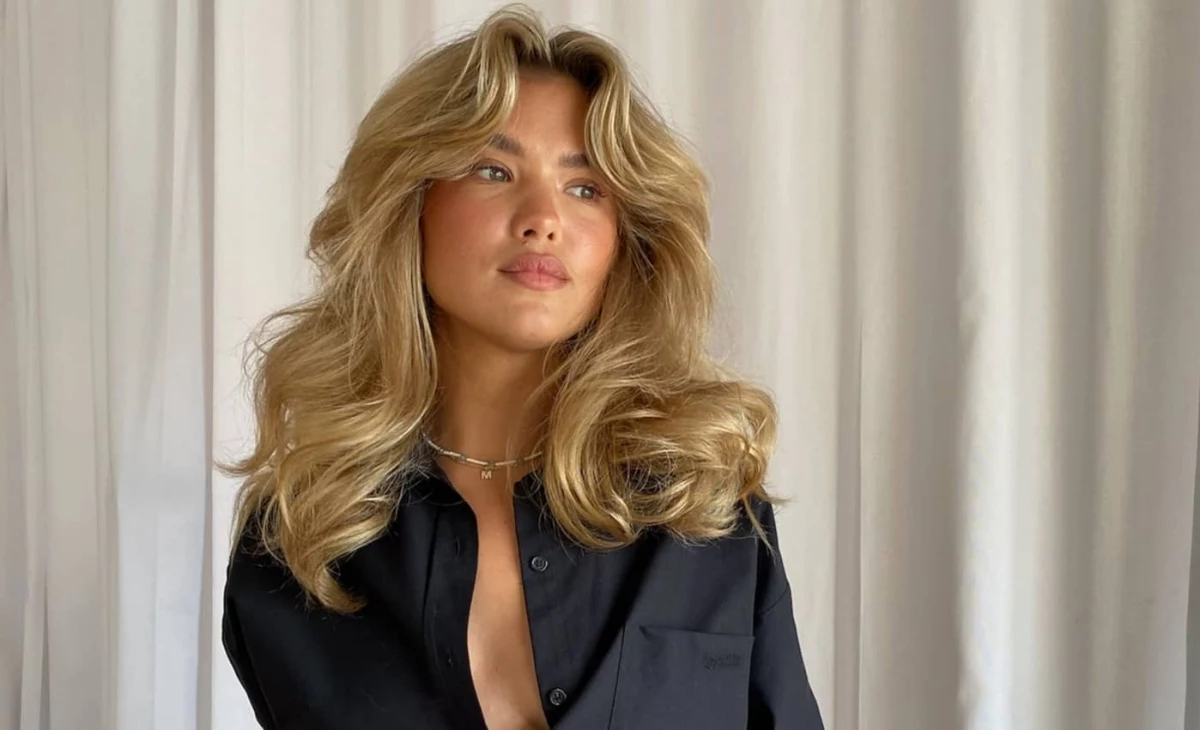
The Art of Teasing (Without the Tears)
Backcombing, or what most of us call teasing, was the secret sauce for almost every epic hairstyle back in the day. When you tease your hair, you’re basically pushing the shorter hairs in a section down toward the scalp. These hairs form a sort of tangled cushion that the longer surface hairs can rest on, giving you instant lift. Think of it like building a tiny scaffold inside your hair.
Heads up! The pros use a special teasing brush, usually with boar bristles, because it grips and pushes the hair without shredding it. A cheap plastic comb can literally tear your hair to shreds. Technique matters, too. Jamming a comb at your roots just creates a painful, damaging knot.
By the way, if you want to try it for a night out, here’s how to do it safely:
- Start with completely dry hair. This technique won’t work on damp hair and can cause more breakage.
- Take a small, 1-inch section and hold it straight up and taut from your head.
- Place your teasing brush (a good one costs between $15 and $30 at Sally Beauty or online) about halfway down the hair shaft.
- Gently push the brush down toward the roots in one or two smooth strokes. Don’t saw back and forth!
- Lay the section back down and move on to the next. Once you have a few sections done, you can lightly smooth the top layer over your newly created volume cushion.
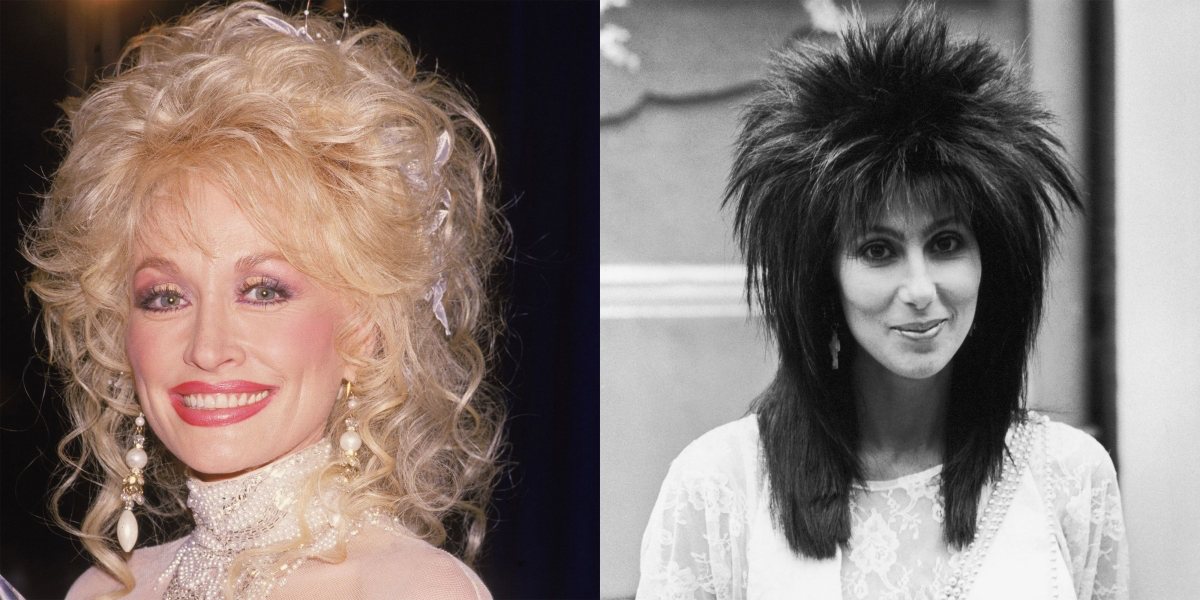
The Chemistry of a Modern Perm
Ah, the perm. This was the chemical engine that powered the whole era, creating curls that could last for months. It works by chemically rearranging the internal structure of your hair. Your hair gets its shape from something called disulfide bonds—think of them as the rungs on a ladder inside each strand.
A perm is a two-step process: first, a waving lotion (we call it “thio” in the salon) breaks those bonds, making the hair soft and moldable. That distinct perm smell? That’s the sulfur from the bonds being broken. Then, after the hair is wrapped on rods and rinsed, a neutralizer (usually a mild hydrogen peroxide) is applied to rebuild those bonds in their new curly shape.
Honestly, understanding hair porosity is everything here. Hair that’s been colored or heat-damaged is more porous and soaks up chemicals like a sponge. I learned this the hard way early in my career when a client didn’t tell me she’d bleached her hair at home. Her hair turned to mush. It felt like wet cotton. We spent weeks doing intensive protein treatments to save it. Now, a strand test before any chemical service is a non-negotiable rule.
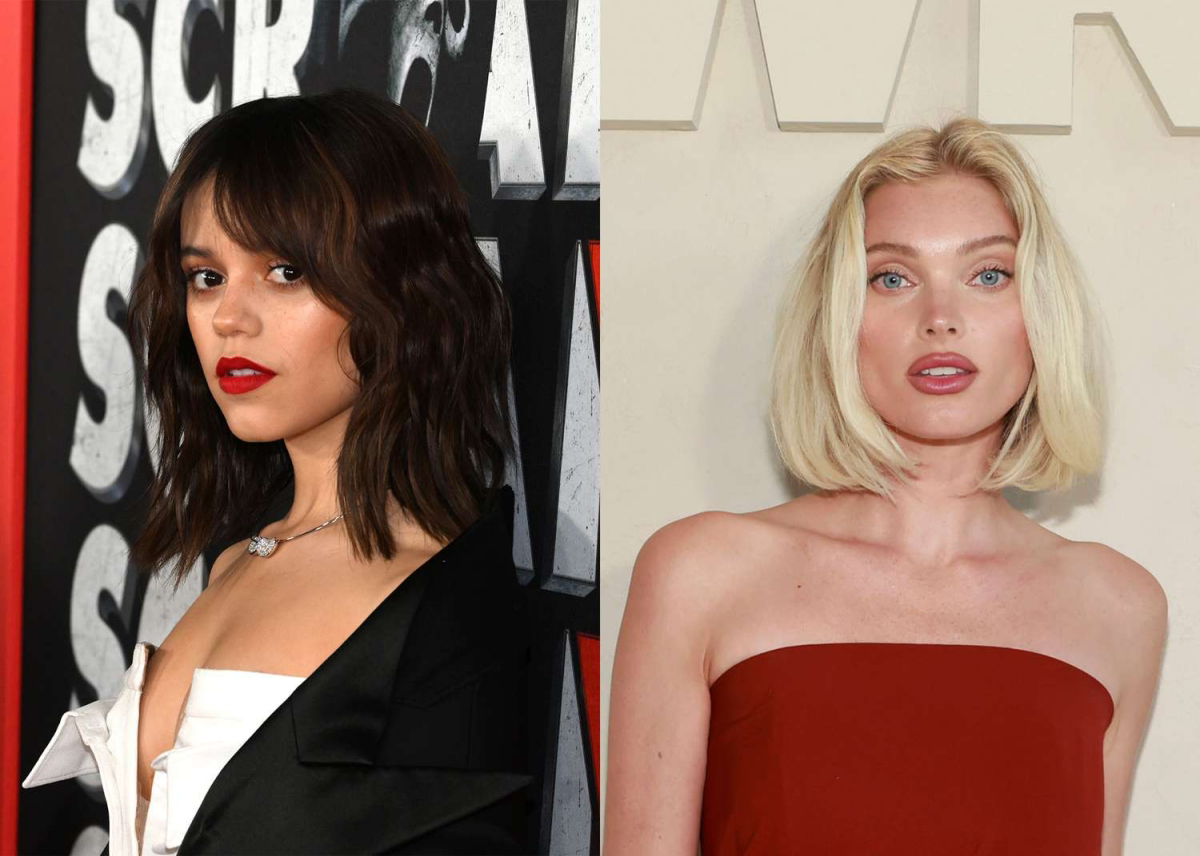
The Cuts That Create the Shape
An amazing retro style isn’t just about mousse and hairspray; it starts with a great haircut. The right cut provides the foundation, making your daily styling a thousand times easier. The three big ones were the mullet, the shag, and those classic feathered layers.
The Mullet: More Than a Punchline
Okay, let’s talk about the mullet. From a technical view, it’s a fascinating haircut based on disconnection. This just means the hair on top and sides is cut much shorter and isn’t blended smoothly into the long hair at the back. A modern mullet softens these transitions, often using razors or point cutting to create a more flowing, textured look that works great on both straight and wavy hair. It’s less of a harsh line and more of a cool, intentional shape.
The Shag: Layers for Days
The shag is a super-layered cut that’s all about creating volume at the crown and movement everywhere else. It’s designed to look effortlessly messy, but a good shag requires some seriously precise layering. The layers are shortest on top and get longer as they go down, which is what gives it that signature shape. A razor is often the tool of choice because it creates soft, wispy ends that move beautifully. Today’s shag is the best of all worlds—it has all those choppy layers but with softer edges, making it incredibly versatile.
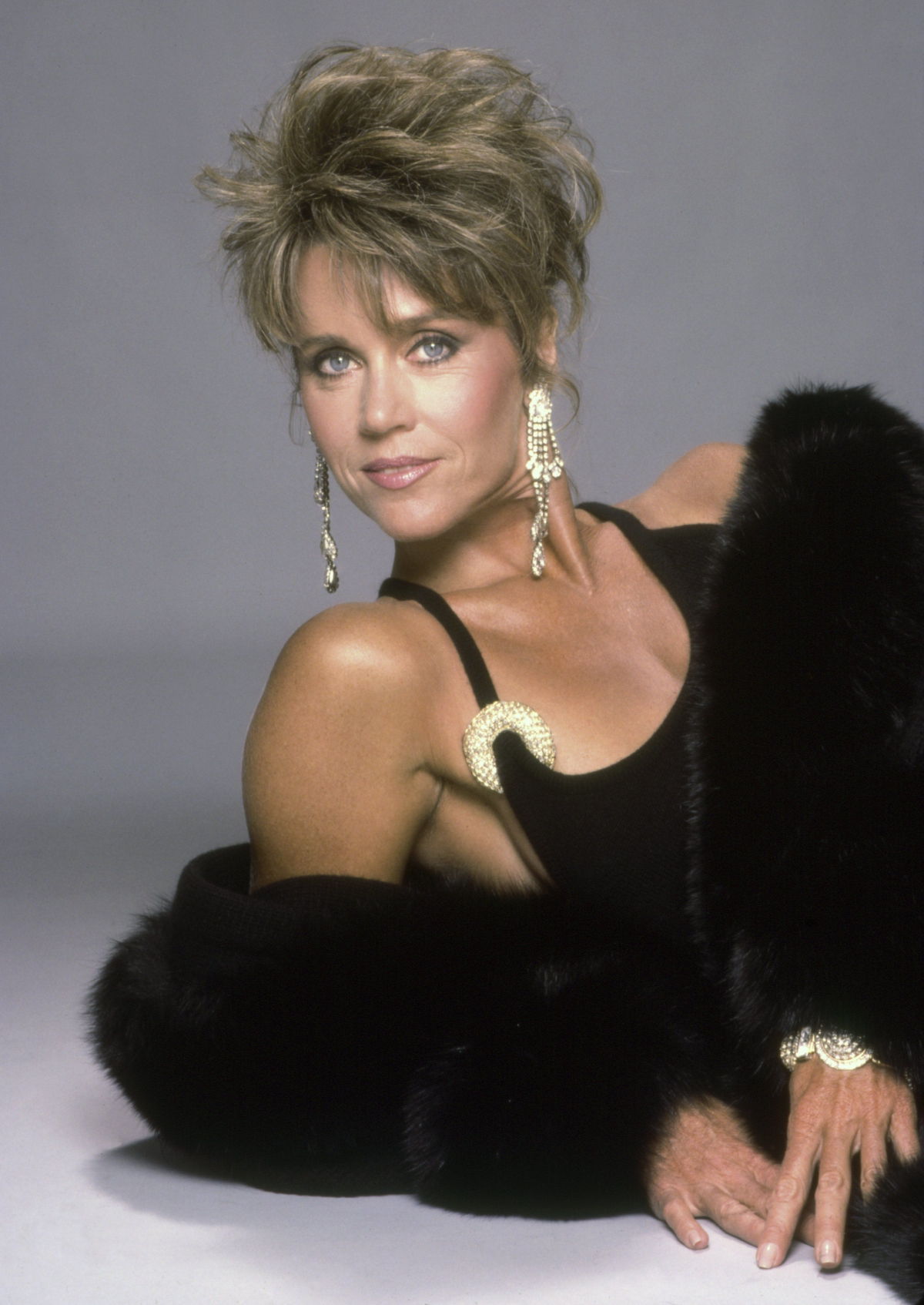
Feathered Layers: Soft and Sweeping
This was the softer, more glam look. It’s also a layered cut, but the goal is to create soft wings of hair that sweep back and away from the face. The magic is in the face-framing. The stylist cuts layers that are designed to flow in one direction. To get that look at home, this cut really comes alive with a round brush and a blow dryer. A light mousse will give it body without making it stiff and crunchy.
Mullet vs. Shag vs. Feathered: Which Is for You?
Wondering which of these cuts fits your life? Let’s break it down. Forget old-school rules about face shapes; it’s more about your hair type and how much time you’re willing to spend.
The Modern Mullet
- Best For: Surprisingly versatile! Works on fine, thick, straight, or wavy hair.
- Daily Styling: Pretty low-maintenance. Usually 5-10 minutes with some texturizing spray or pomade.
- Salon Upkeep: High. You’ll need trims every 4-6 weeks to keep the sides and top looking sharp.
- Average Cost: Around $60 – $120.
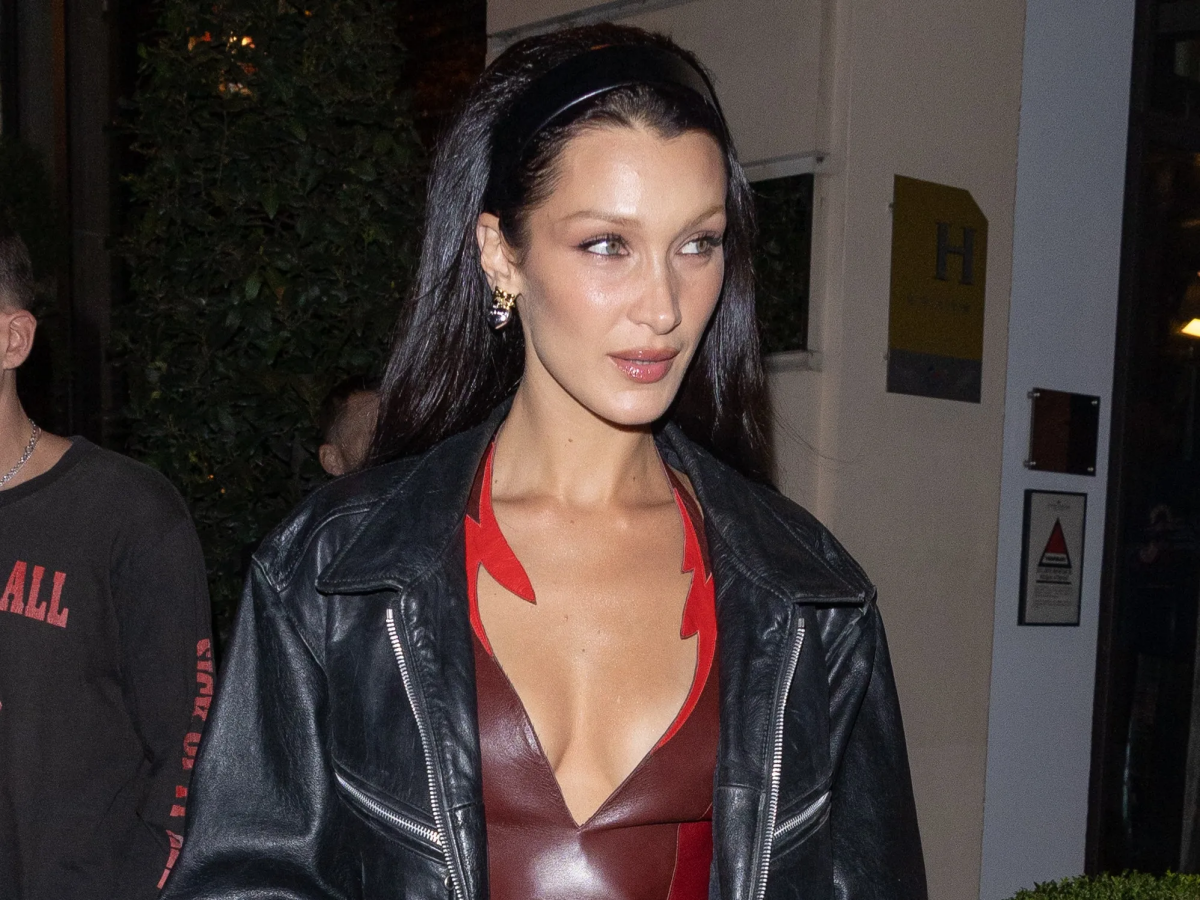
The Versatile Shag
- Best For: Amazing for making fine hair look fuller. Also great for thick or naturally wavy hair.
- Daily Styling: Medium. Plan on 10-15 minutes to enhance texture with spray or diffuse your natural waves.
- Salon Upkeep: Low to medium. You can stretch trims to every 8-12 weeks as it grows out nicely.
- Average Cost: This is a technical cut, so expect to pay $80 – $200+.
Feathered Layers
- Best For: Medium to thick hair that is straight or has a slight wave.
- Daily Styling: High. This look requires daily blow-drying with a round brush for about 15-20 minutes to get that signature sweep.
- Salon Upkeep: Medium. Trims every 6-8 weeks are needed to keep the layers from getting heavy.
- Average Cost: Typically $70 – $150.
Committing to Curls: The Modern Perm
If you really want to go for it, a perm is the ultimate commitment. Let’s be real, this is an investment in both time and money. Expect the service to take 2-3 hours in the salon and cost anywhere from $150 to over $400, depending on your hair length and the salon’s pricing. But today’s perms are far more gentle and customizable than the frizzy ones you might be imagining.

It’s a serious chemical process that should ONLY be done by a trained pro after a thorough consultation and a strand test. I can’t stress this enough. That little test tells us if your hair is strong enough, how long it needs to process, and what the final curl will actually look like. Skipping it is just not a risk worth taking.
Quick tip on aftercare: The single most important rule is to wait a full 48 to 72 hours before washing your hair or getting it wet. This gives the new chemical bonds time to fully harden. After that, you’ll need to switch to sulfate-free shampoos and hydrating conditioners to keep your new curls healthy and defined.
Styling Your New Look (Without Looking Stuck in the Past)
Once you have the cut or the curls, the right products are key. Modern formulas give you all the hold and volume you need, minus the sticky, flaky mess of the past.
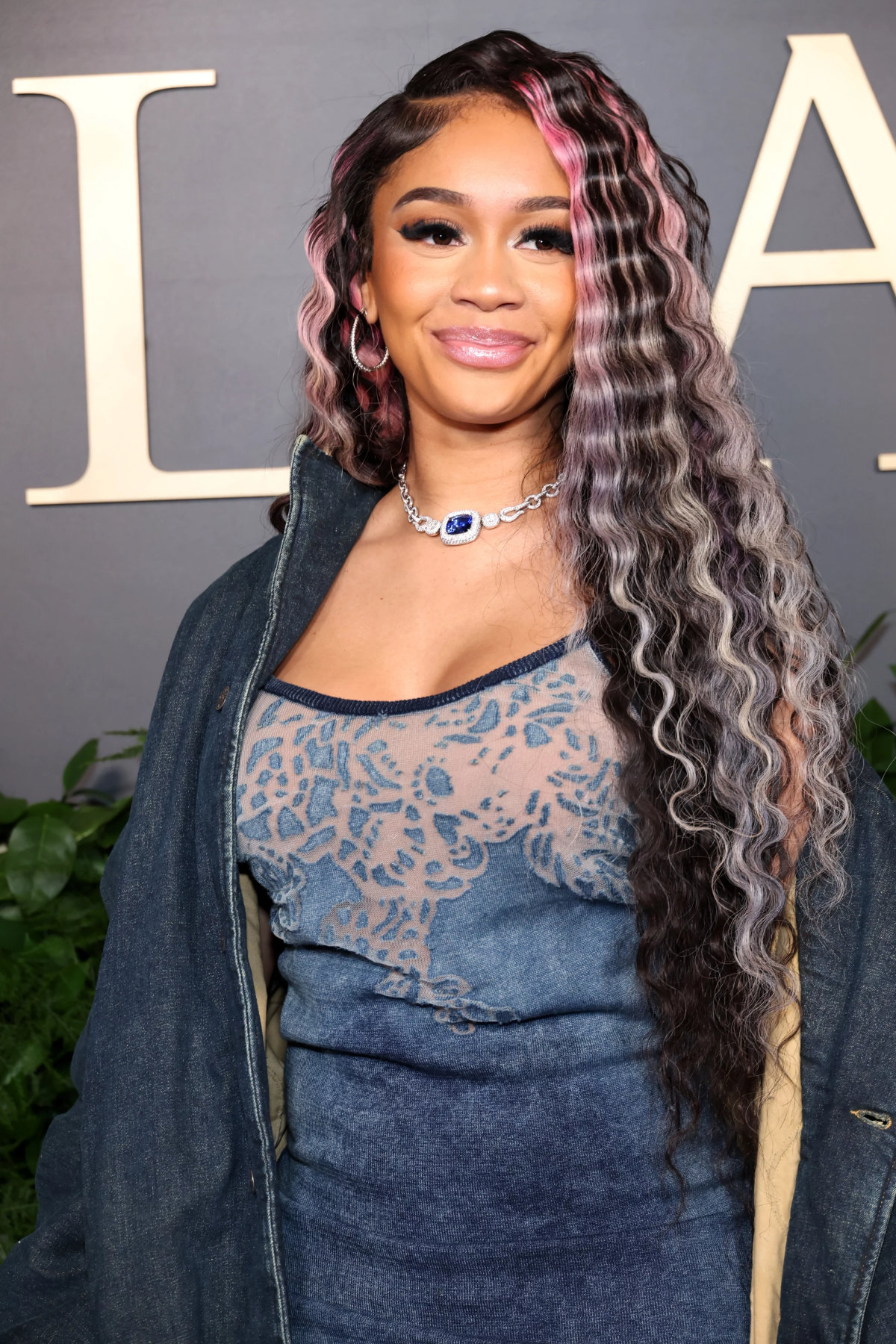
Your New Shopping List:
- Volumizing Mousse: Your new best friend. Look for lightweight, alcohol-free formulas. Apply to damp roots before you blow-dry. A good one will set you back $10-$30.
- Heat Protectant Spray: This is NON-NEGOTIABLE if you use hot tools. It’s a cheap insurance policy (around $8-$25) against damage.
- Texturizing Spray: This is the modern answer to hairspray. It gives flexible hold and a cool, piecey look. Perfect for shags and mullets.
- A Microfiber Towel: For curly or permed hair, this is a game-changer. It reduces frizz by absorbing water without roughing up the hair cuticle. You can even use an old cotton t-shirt!
A Few Common Pitfalls & Quick Fixes:
Ever wonder why your feathered layers look more like a stiff helmet? The culprit is probably heavy hairspray. The fix: Switch to a modern texturizing spray and apply it by spraying up into the layers from underneath, not down onto them.
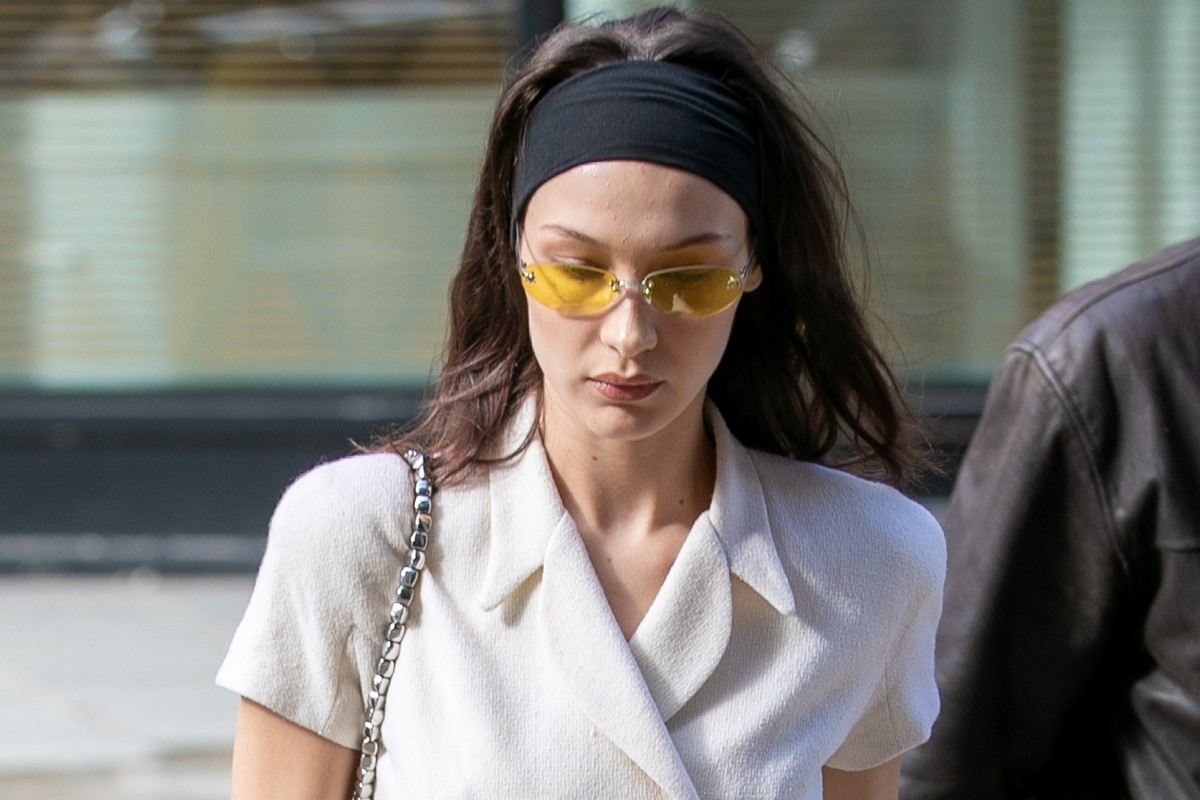
Or maybe your perm is frizzier than you’d like? You might be using a regular towel and skipping conditioner. The fix: Gently scrunch your hair with a microfiber towel or t-shirt (never rub!) and always use a hydrating leave-in conditioner designed for curls.
How to Find a Stylist Who Gets It
So, you’re ready to take the plunge? Finding the right stylist is everything. You want someone who is genuinely excited by the idea, not someone you have to convince. Here’s how to find them:
- Stalk Their Instagram. Seriously. Look at their online portfolio. Do you see photos of modern shags, creative mullets, or beautiful perms? Their work will tell you what they love to do.
- Ask the Right Questions. During the consultation, ask, “How would you modernize this cut for my hair type and lifestyle?” Their answer will reveal their expertise.
- Bring Anti-Inspo. It’s just as helpful to show them pictures of what you absolutely DON’T want. It helps clarify the goal.
At the end of the day, these styles came from a desire for fun and self-expression, and that’s a trend that never goes out of style. The best part is that now we can create these bold, amazing shapes without wrecking your hair. A good consultation is a conversation, a true partnership. Together, you and your stylist can capture that awesome retro spirit and create something that feels fresh, fun, and perfectly you.

Galerie d’inspiration
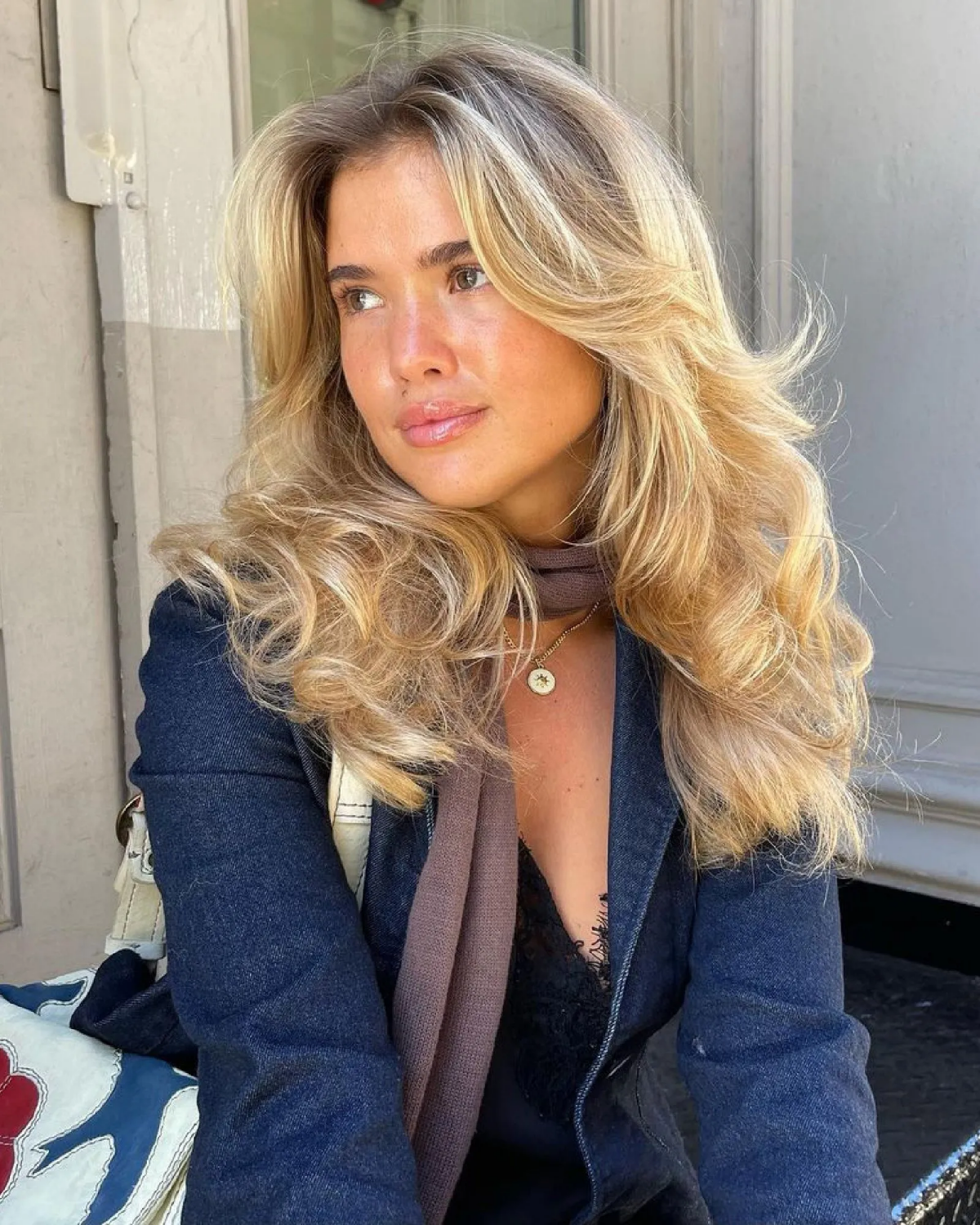
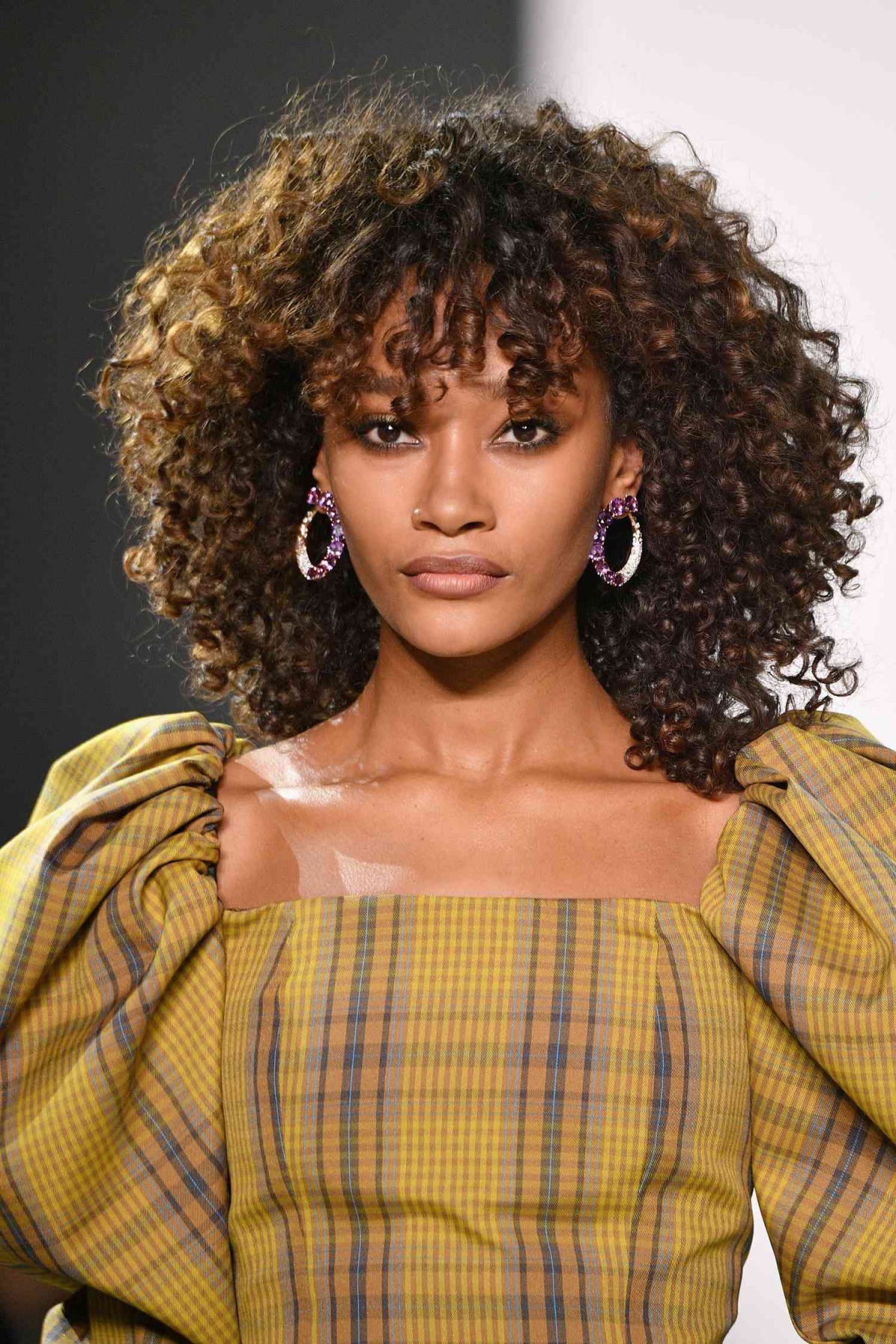
- A salt spray for that perfect piecey, lived-in feel.
- A dry texturizing spray for instant, airy volume at the roots.
- A lightweight pomade or wax to define layers without weighing them down.
The secret to a modern shag? It’s all in the product cocktail. Forget stiff gels. Today’s texture is about creating touchable, deliberate messiness. A great starting point is combining a spray like Oribe’s Dry Texturizing Spray with a dab of Kiehl’s Creative Cream Wax on the ends.

The 80s Perm: This was typically an alkaline perm using ammonium thioglycolate, a potent chemical that created those tight, sometimes frizzy, curls. The process was often one-size-fits-all and could be harsh on delicate hair.
The Modern Perm: Today’s stylist is more likely to use a gentler acid perm or even a digital perm, which uses heat to reshape the hair. Crucially, bond-building treatments like Olaplex or K18 are often integrated into the service, preserving the hair’s integrity for softer, healthier-looking waves.

More than 60% of women say a new hairstyle boosts their confidence more than a first date or a compliment from a boss.
This surge in bold styles isn’t just a trend; it’s a mood. Opting for a shag, mullet, or modern perm is a powerful form of self-expression, a way to reclaim space and project an unapologetic energy. It’s less about nostalgia and more about a collective desire for joyful, visible confidence.
How do you keep a modern mullet looking chic and not cliché?
The key is softness and purposeful styling, not neglect. Modern mullets, like those seen on Miley Cyrus or Úrsula Corberó, rely on texture. If your hair is straight, a razor cut by your stylist can build in texture that you can enhance daily with a matte paste. For wavy or curly hair, a curl cream like Kérastase’s Curl Manifesto Gelée is essential to prevent frizz and define the shape. Regular trims every 6-8 weeks are non-negotiable to maintain the deliberate short-to-long graduation.










